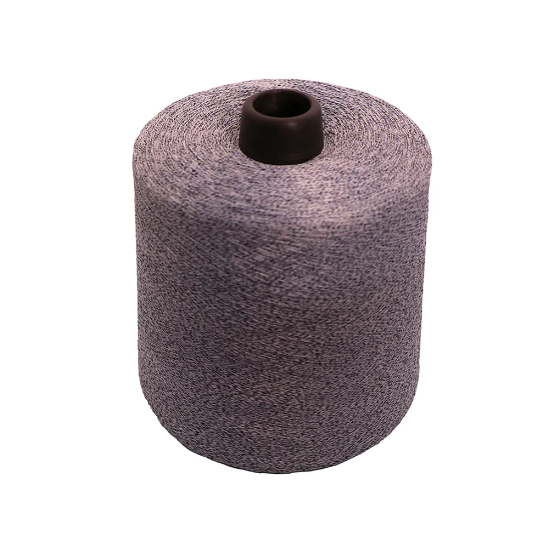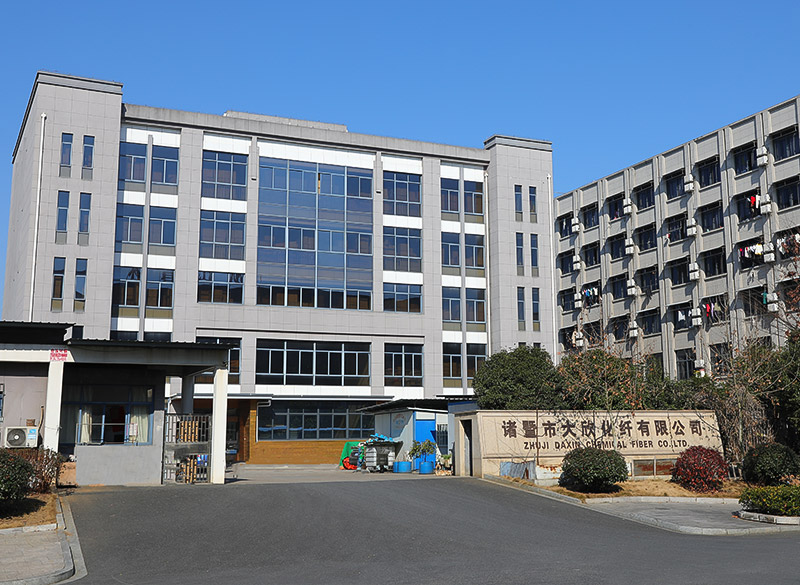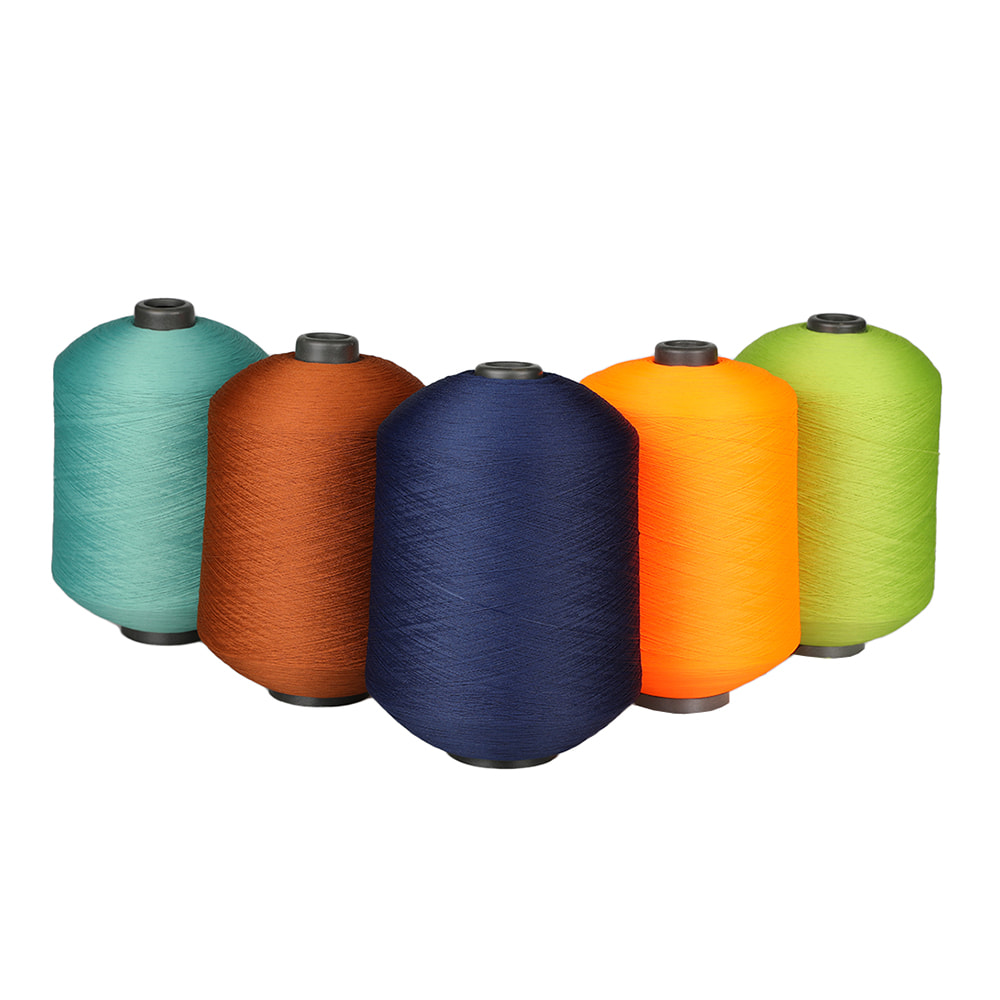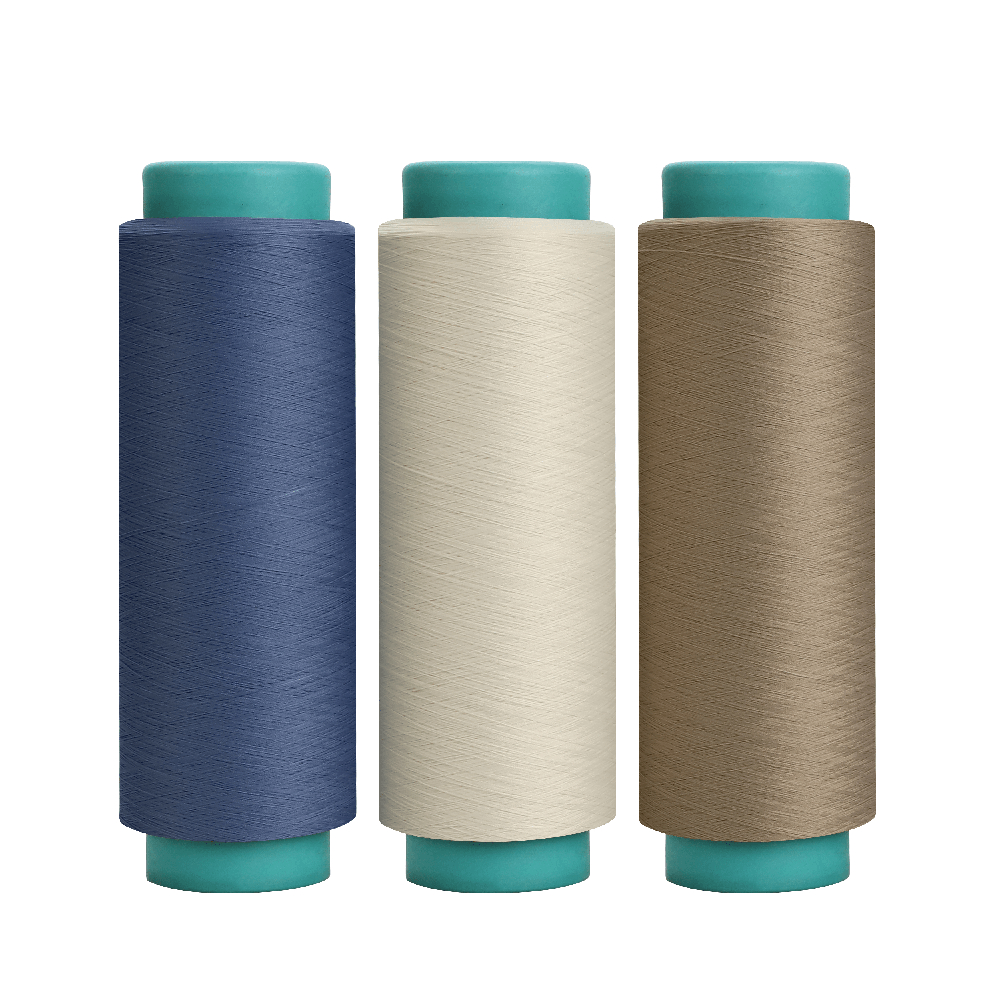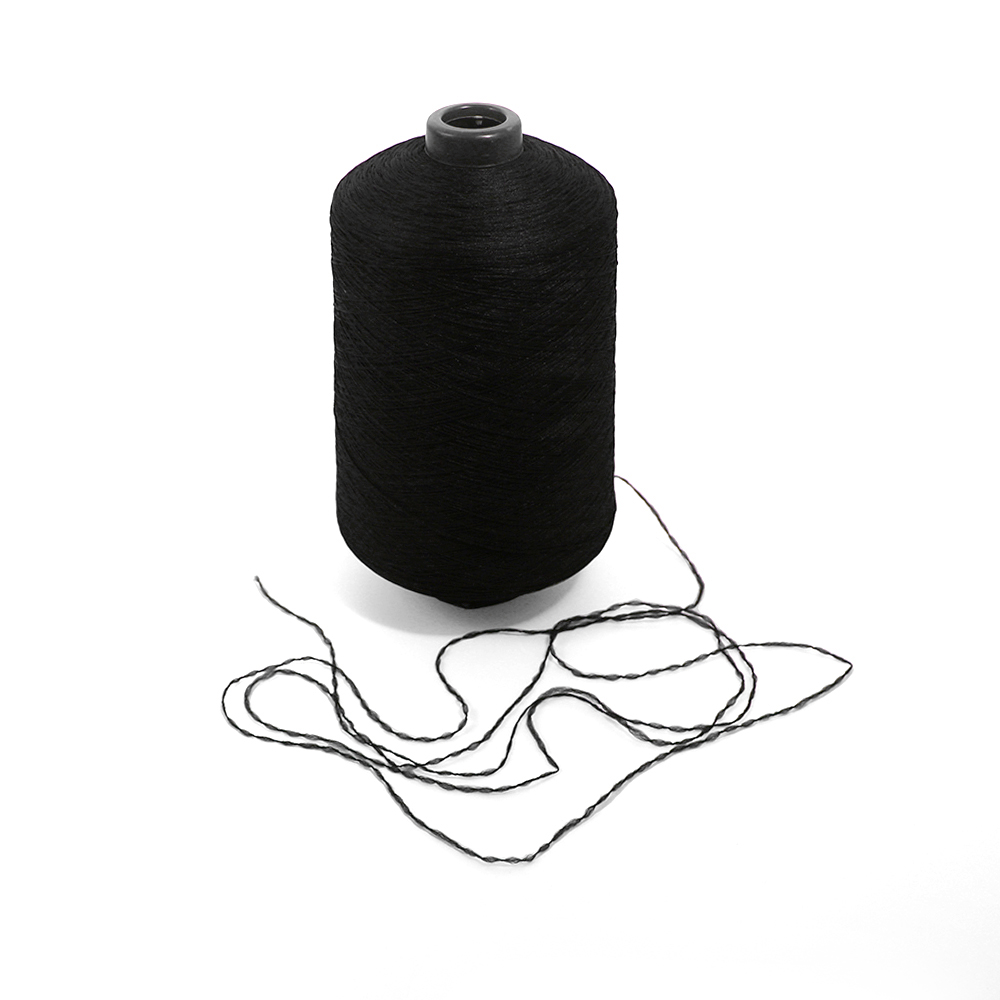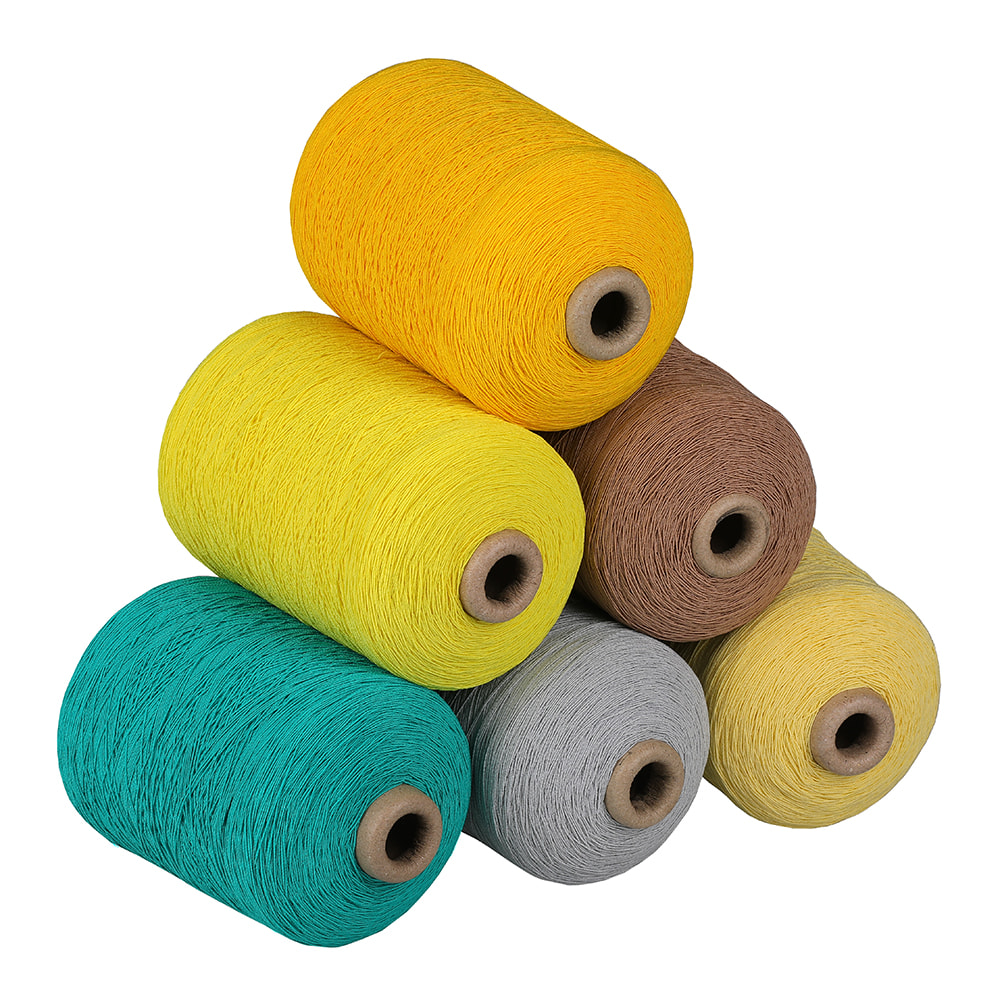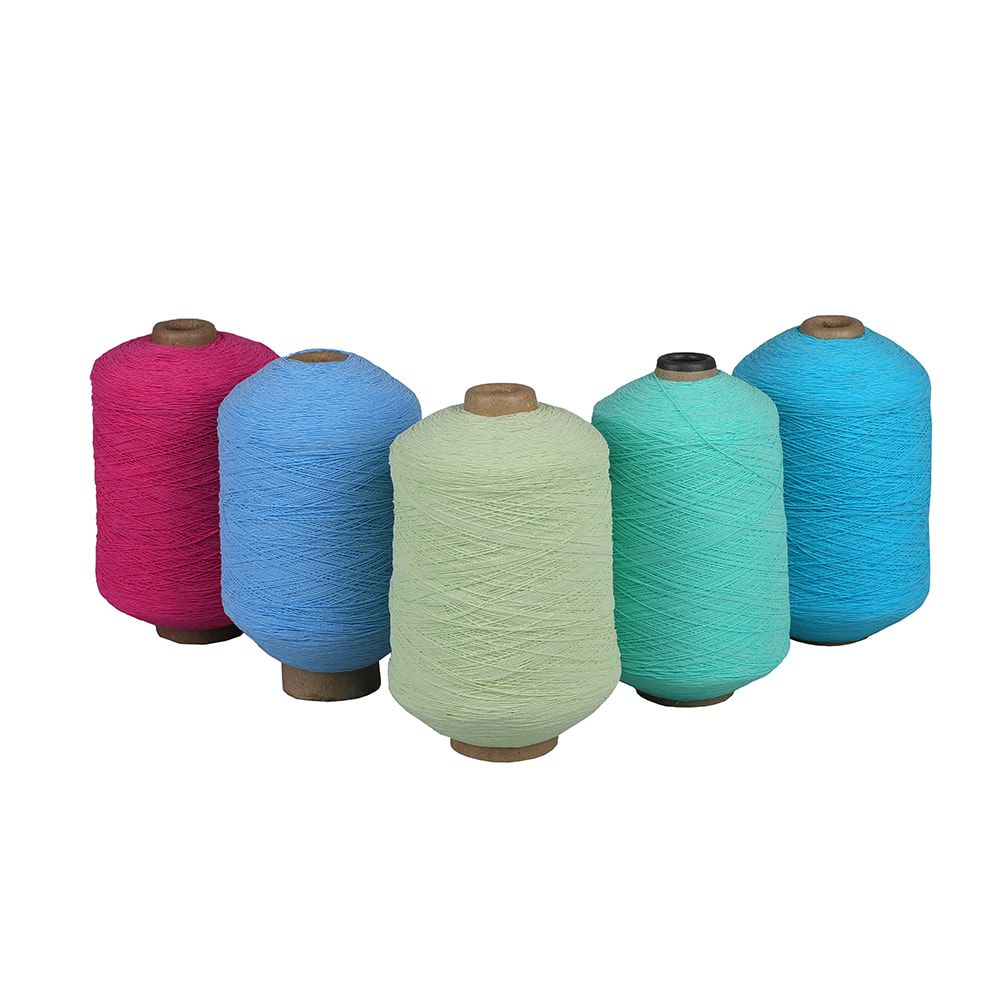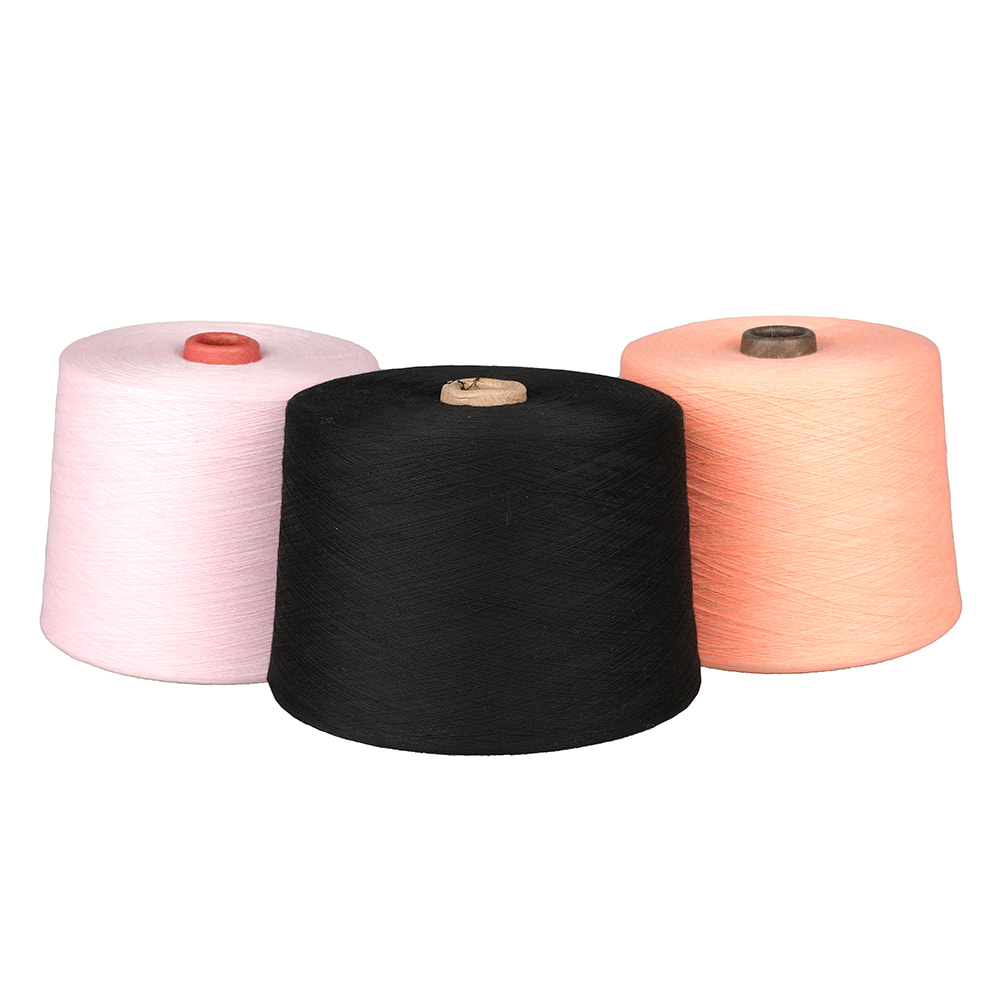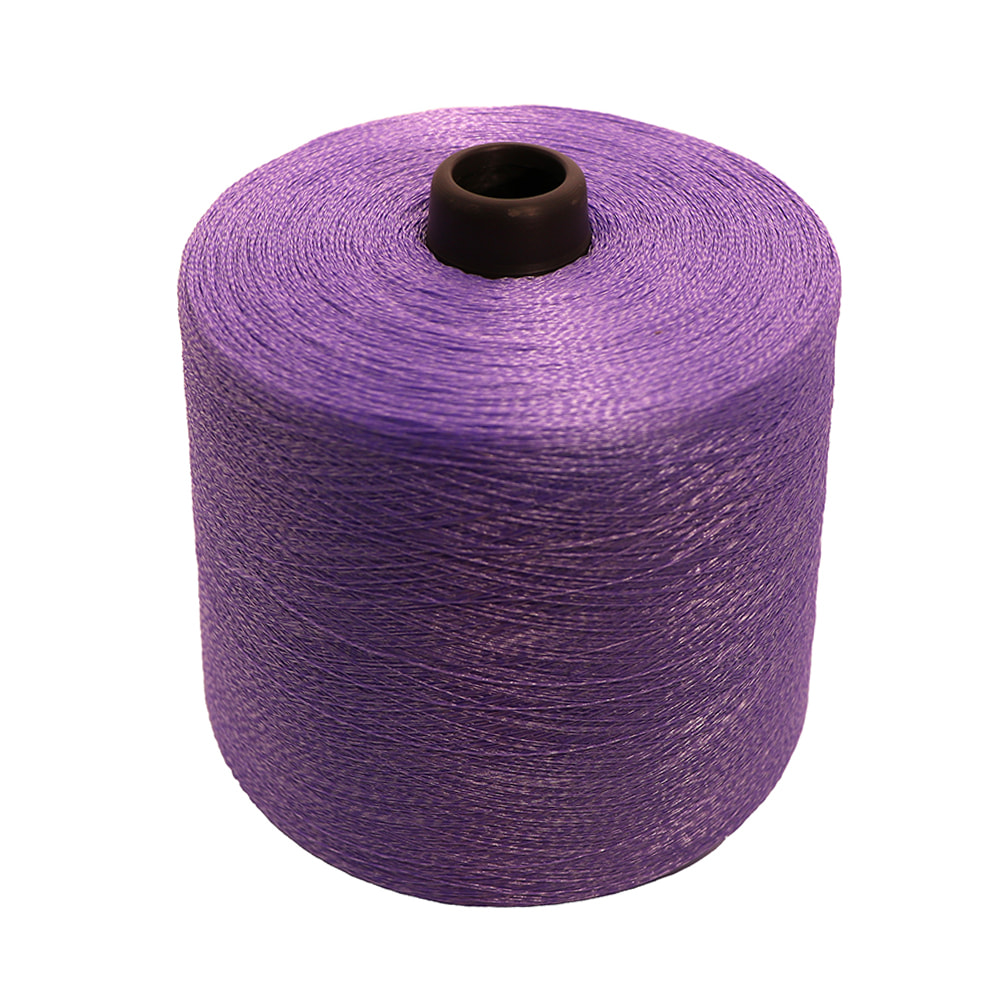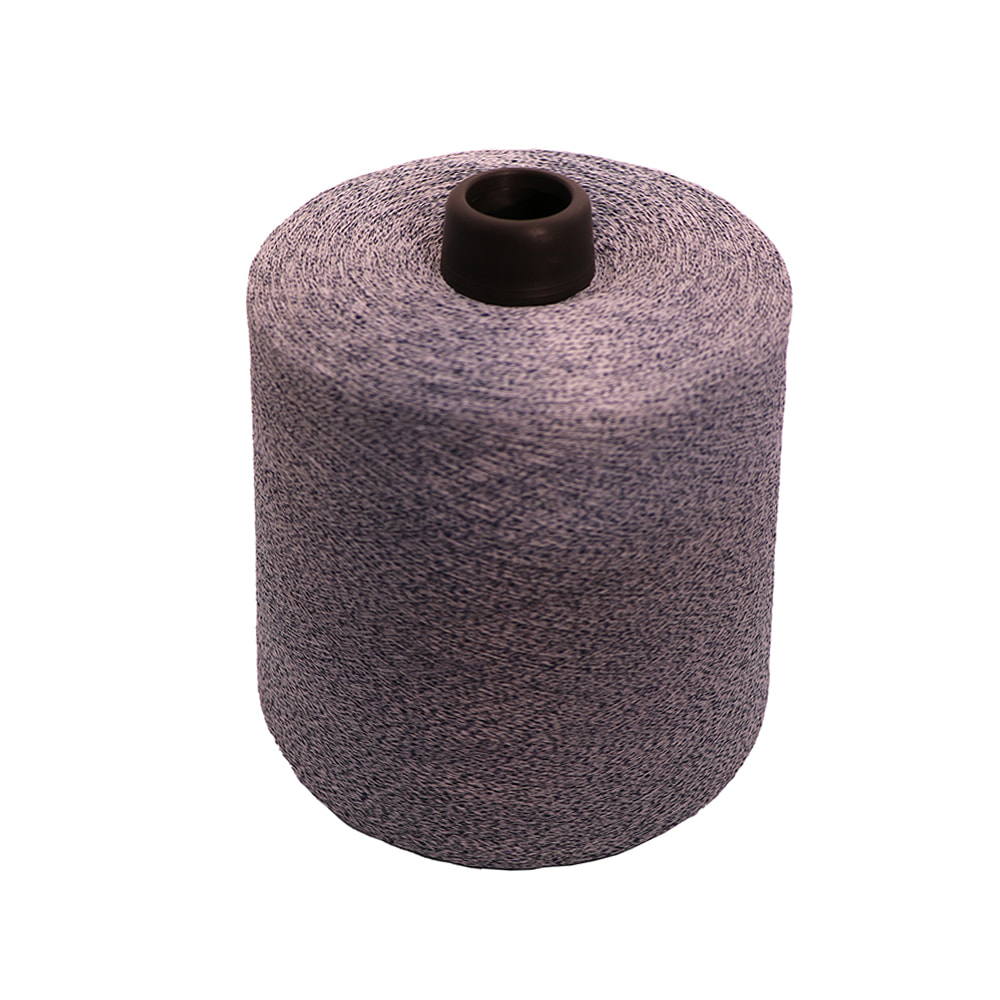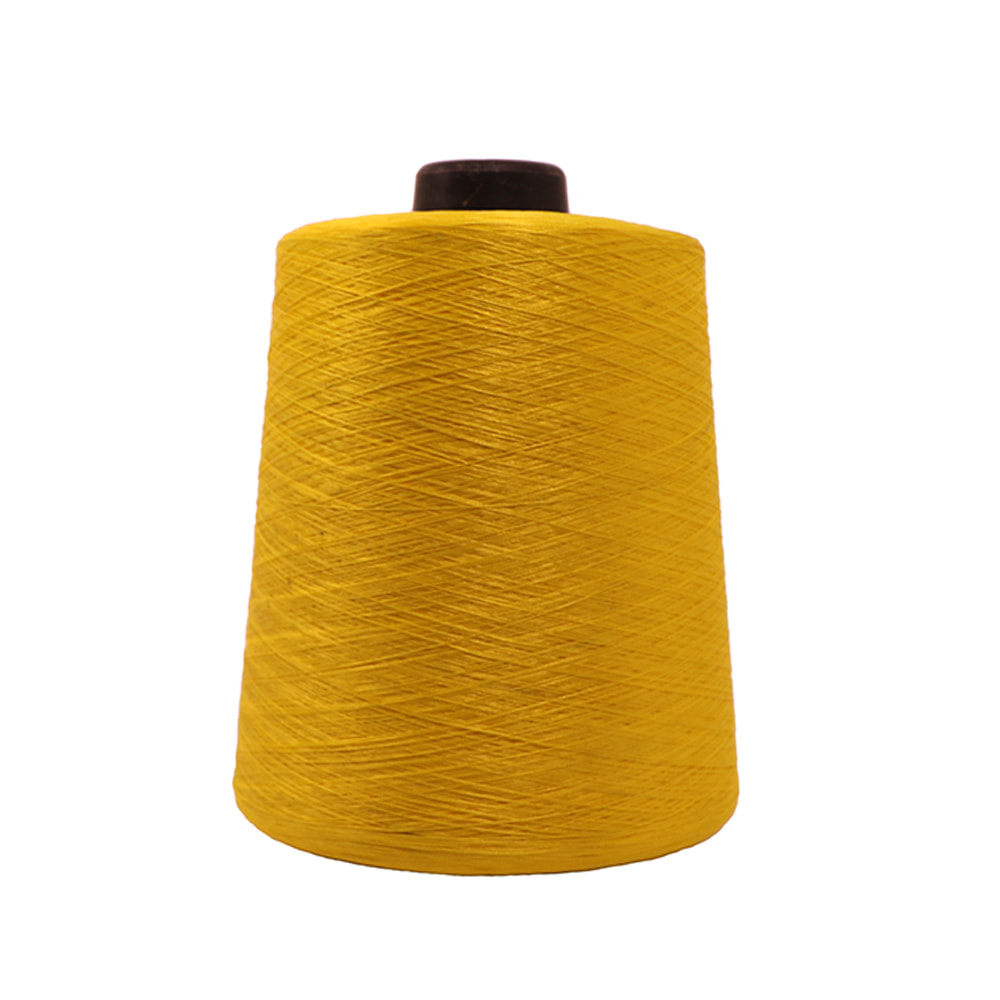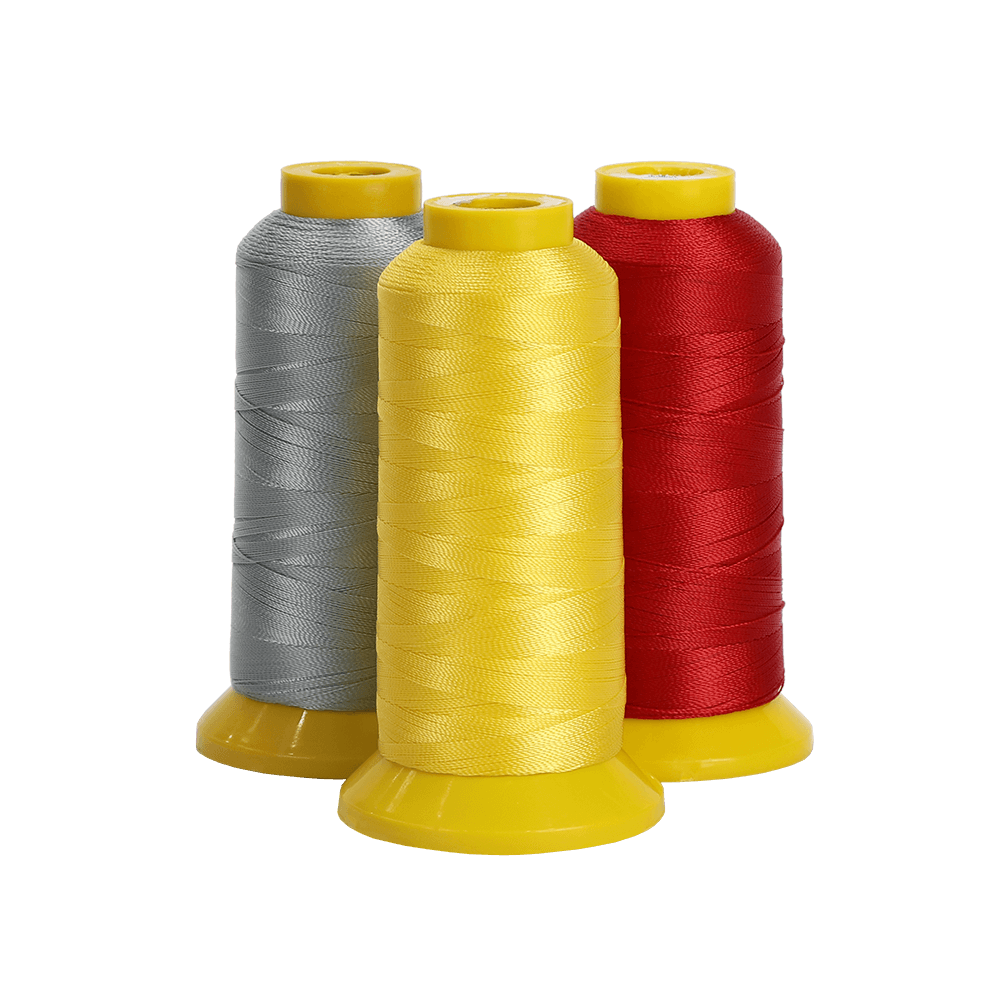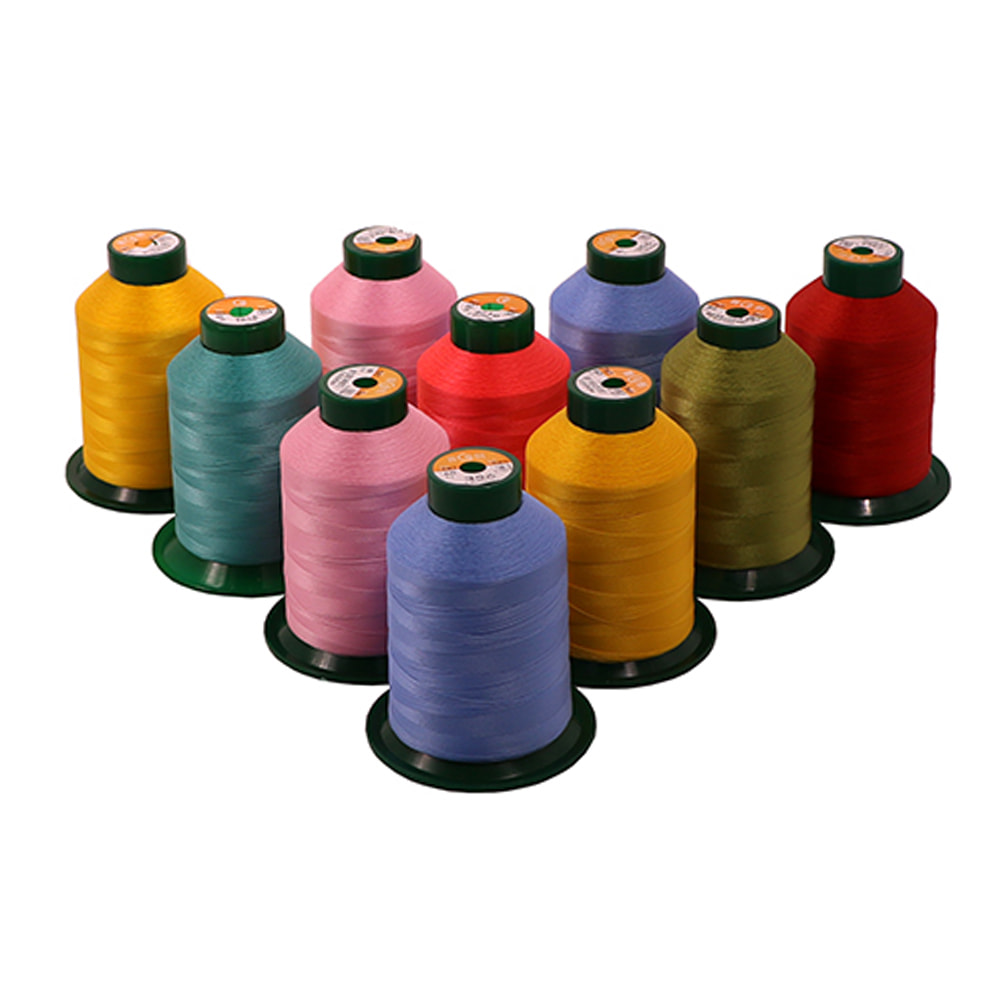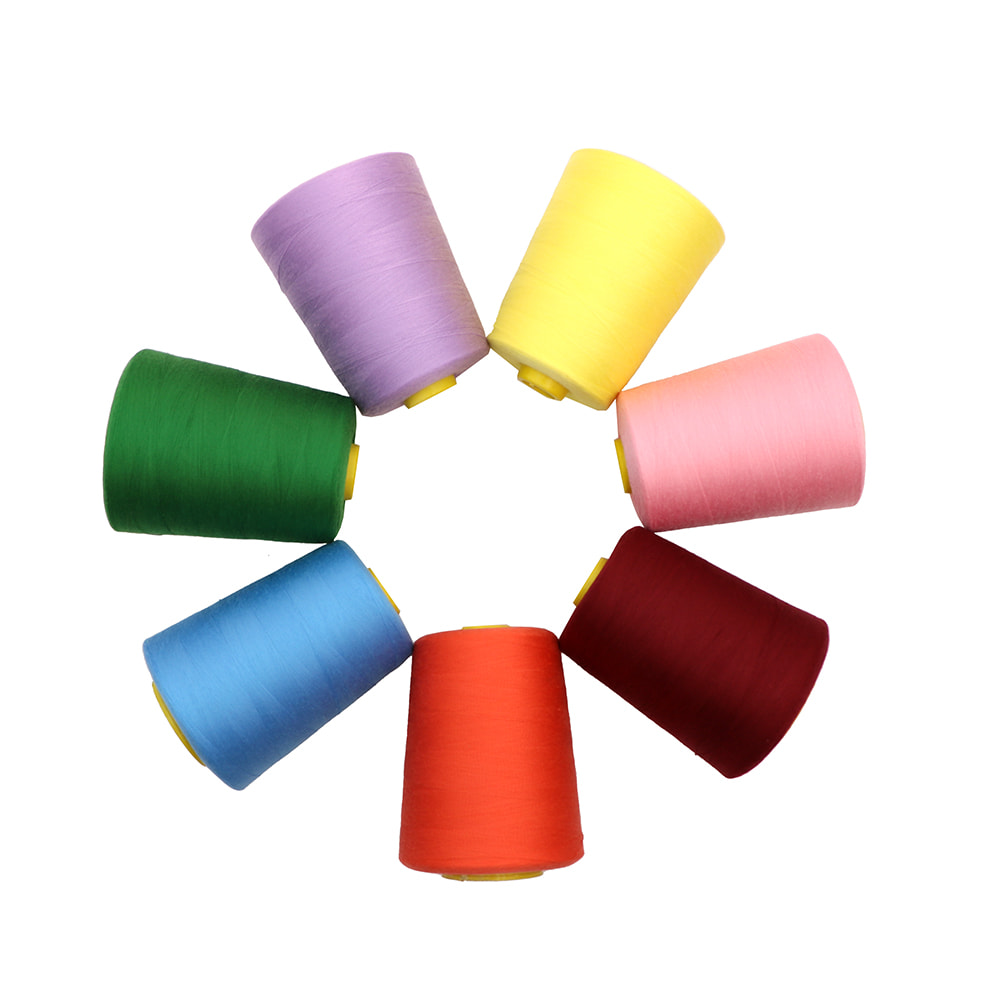1. Advancing Textile Longevity: How Colored Composite Yarn Enhances Anti-Aging Properties
1.1 Reinforcing UV Protection to Prevent Fiber Degradation
Colored Composite Yarn integrates highly durable materials during production to form a protective internal barrier. This innovation significantly reduces damage caused by ultraviolet radiation, which typically breaks down fiber structure, causing brittleness and loss of elasticity in traditional textiles.
1.2 Color Stability through Composite Material Technology
Unlike conventional dyeing methods, Colored Composite Yarn fuses color directly with fiber using composite technology. This results in fabrics that retain bright, vivid colors even after prolonged exposure to sunlight, greatly extending the product’s aesthetic life and overall durability.
1.3 Extending Fabric Service Life and Reducing Replacement Frequency
By improving fiber resilience and color retention, textiles made from Colored Composite Yarn offer a longer lifespan. This durability benefits consumers by lowering the need for frequent replacements due to fabric aging, providing a cost-effective and sustainable usage experience.
2. Superior Weather Resistance: Protecting Textiles Against Harsh Environmental Challenges
2.1 Enhanced Corrosion and Moisture Resistance
Colored Composite Yarn’s composite design incorporates special coatings and materials that improve waterproofing and moisture-proofing capabilities. This protects fabrics from mildew, corrosion, and deterioration caused by humid and rainy conditions, common challenges for traditional textiles.
2.2 Stability Against Extreme Weather and Climate Fluctuations
The yarn’s structure helps fabrics maintain strength and form despite exposure to wind, rain, and temperature swings. Unlike conventional materials that shrink or deform, Colored Composite Yarn ensures textile stability during alternating hot and cold environments.
2.3 Long-Term Performance in Diverse Natural Conditions
Thanks to its enhanced weather resistance, textiles made from Colored Composite Yarn continue to perform reliably even in challenging outdoor settings. This durability makes them ideal for applications requiring extended exposure to natural elements without compromising quality.
3. Structural Innovation and Sustainability: Shaping the Future of Textile Industry
3.1 Improving Fabric Strength through Advanced Material Combinations
By combining multiple materials within the yarn, Colored Composite Yarn enhances tensile strength, tear resistance, and abrasion resistance. This structural innovation ensures fabrics can withstand high-intensity use without losing shape or functionality.
3.2 Promoting Environmental Sustainability via Reduced Dyeing Impact
Colored Composite Yarn achieves its coloration without traditional dyeing processes, minimizing water usage and chemical pollutants. This environmentally friendly approach aligns with global regulations aiming to reduce the textile industry’s ecological footprint.
3.3 Driving Green Innovation and Cost Efficiency in Textile Production
The composite technology not only reduces energy consumption and wastewater discharge but also lowers production costs by simplifying manufacturing processes. This supports sustainable growth while delivering high-performance textiles that meet modern market demands.

 English
English 中文简体
中文简体 Español
Español



